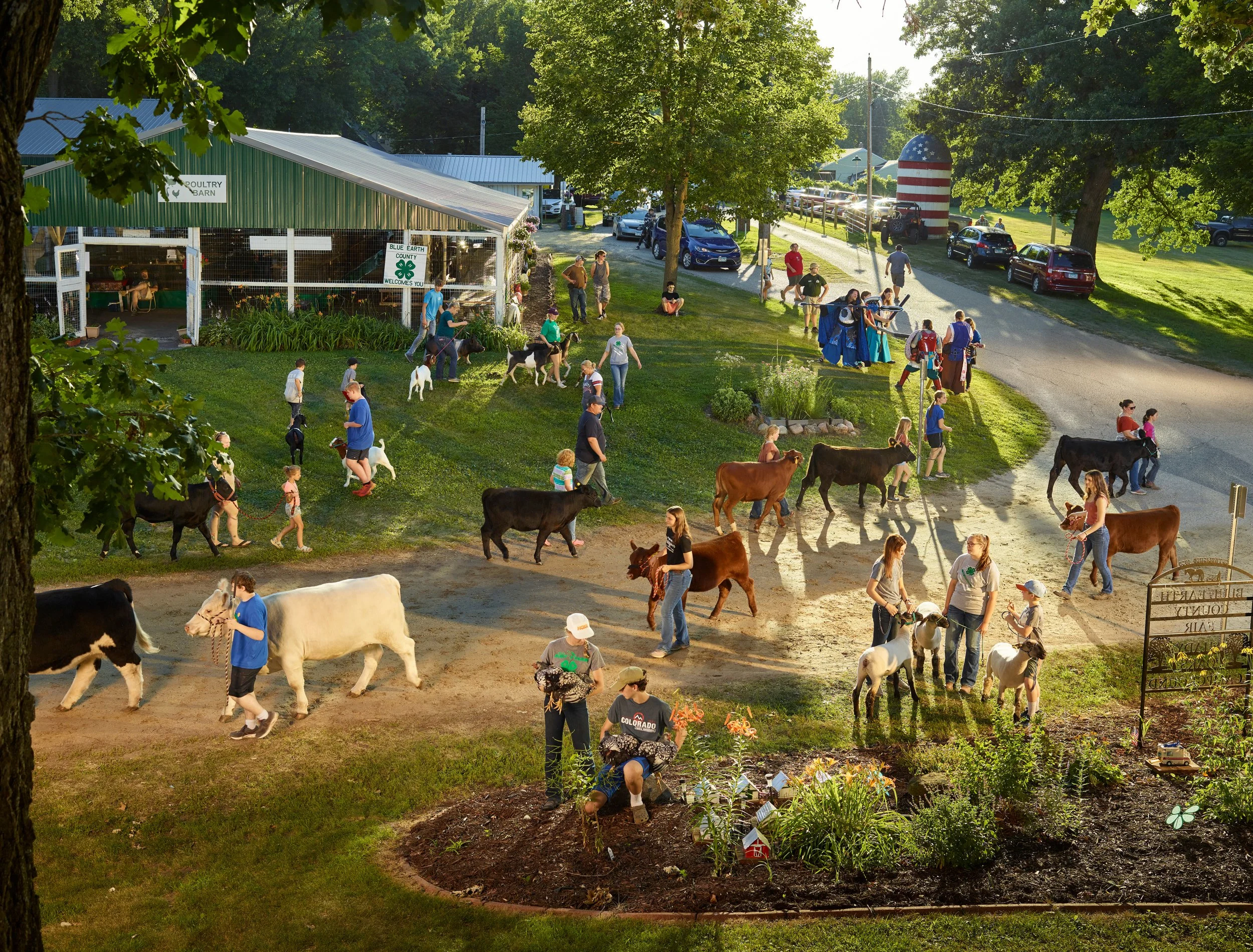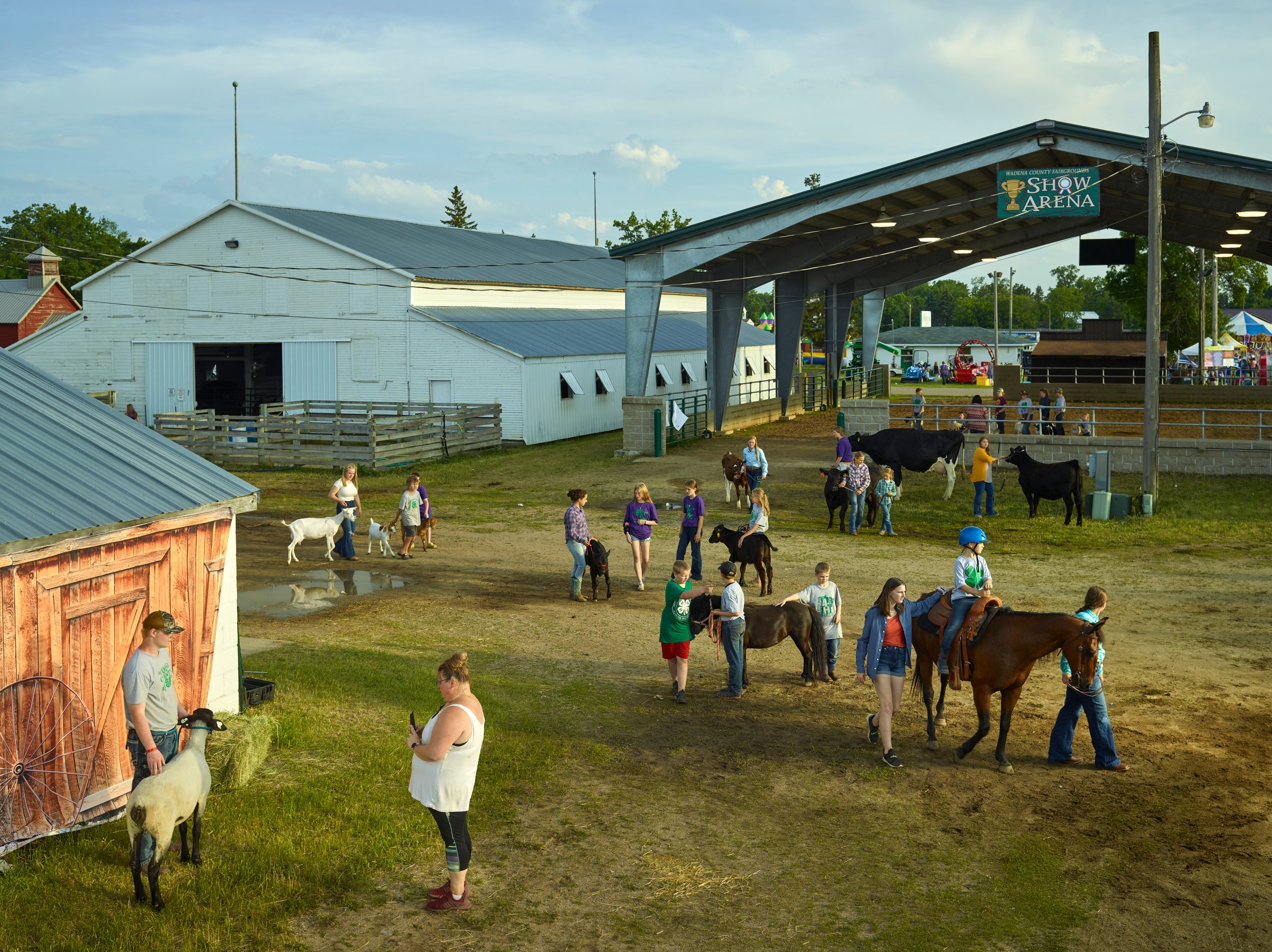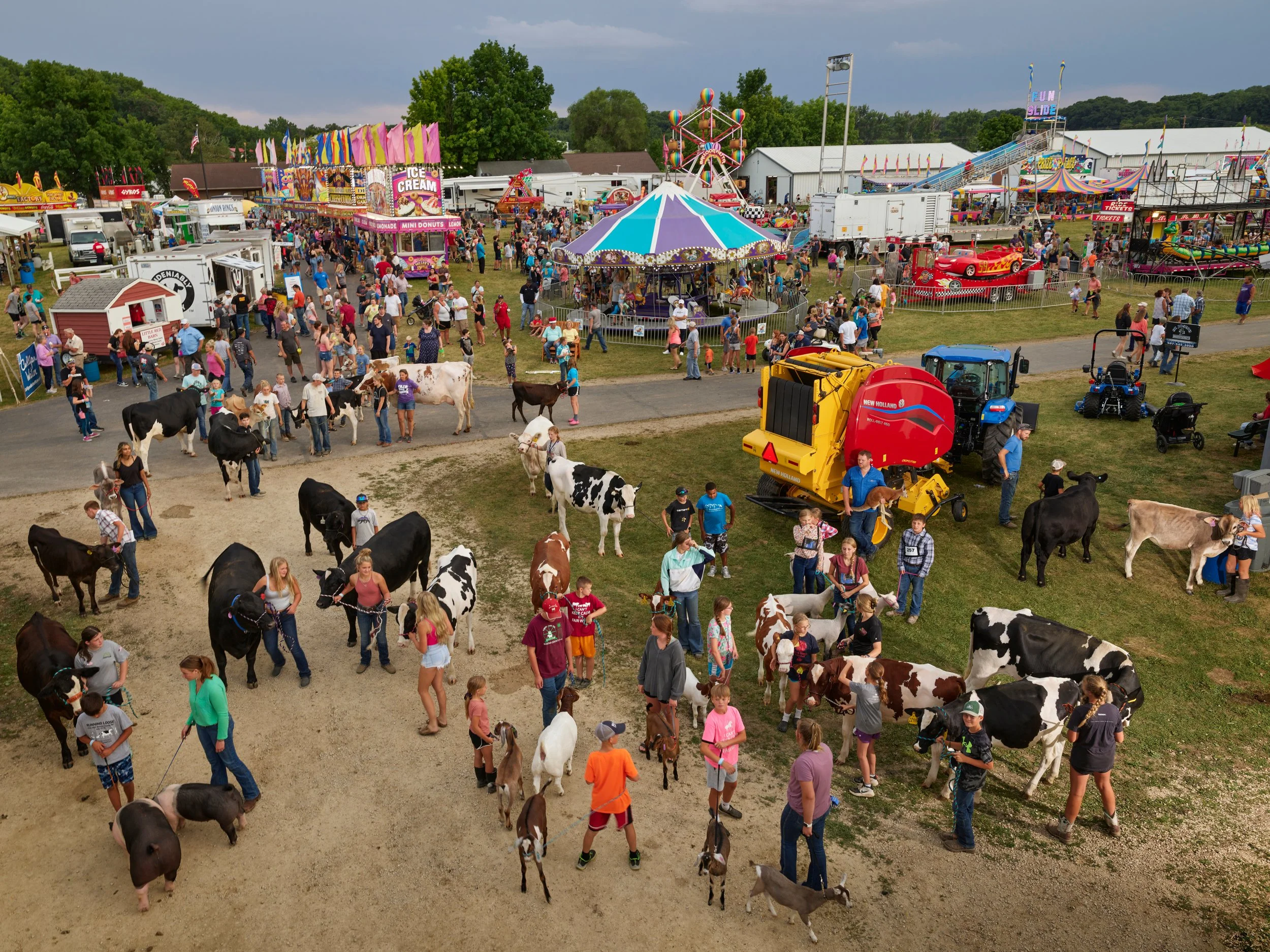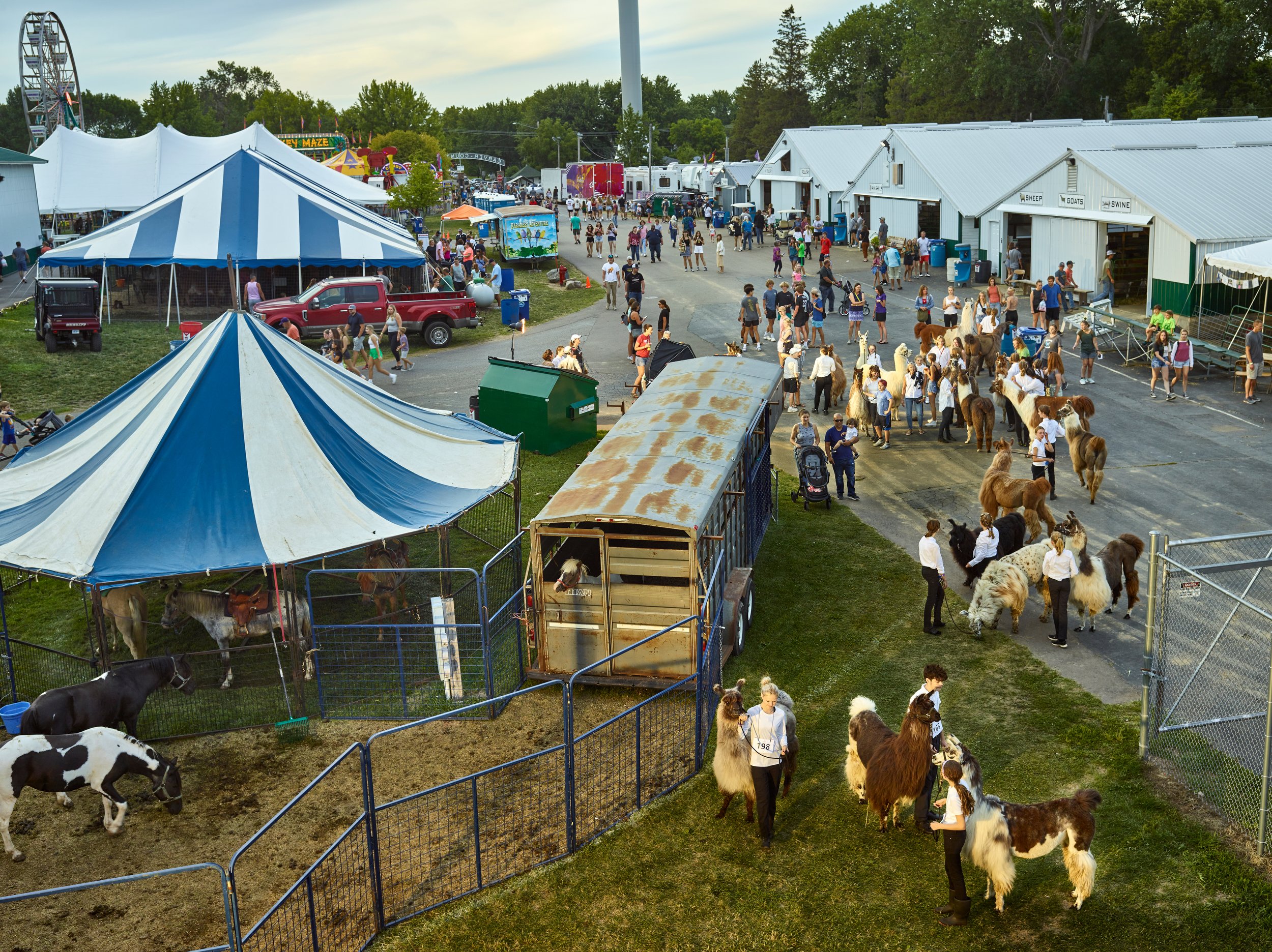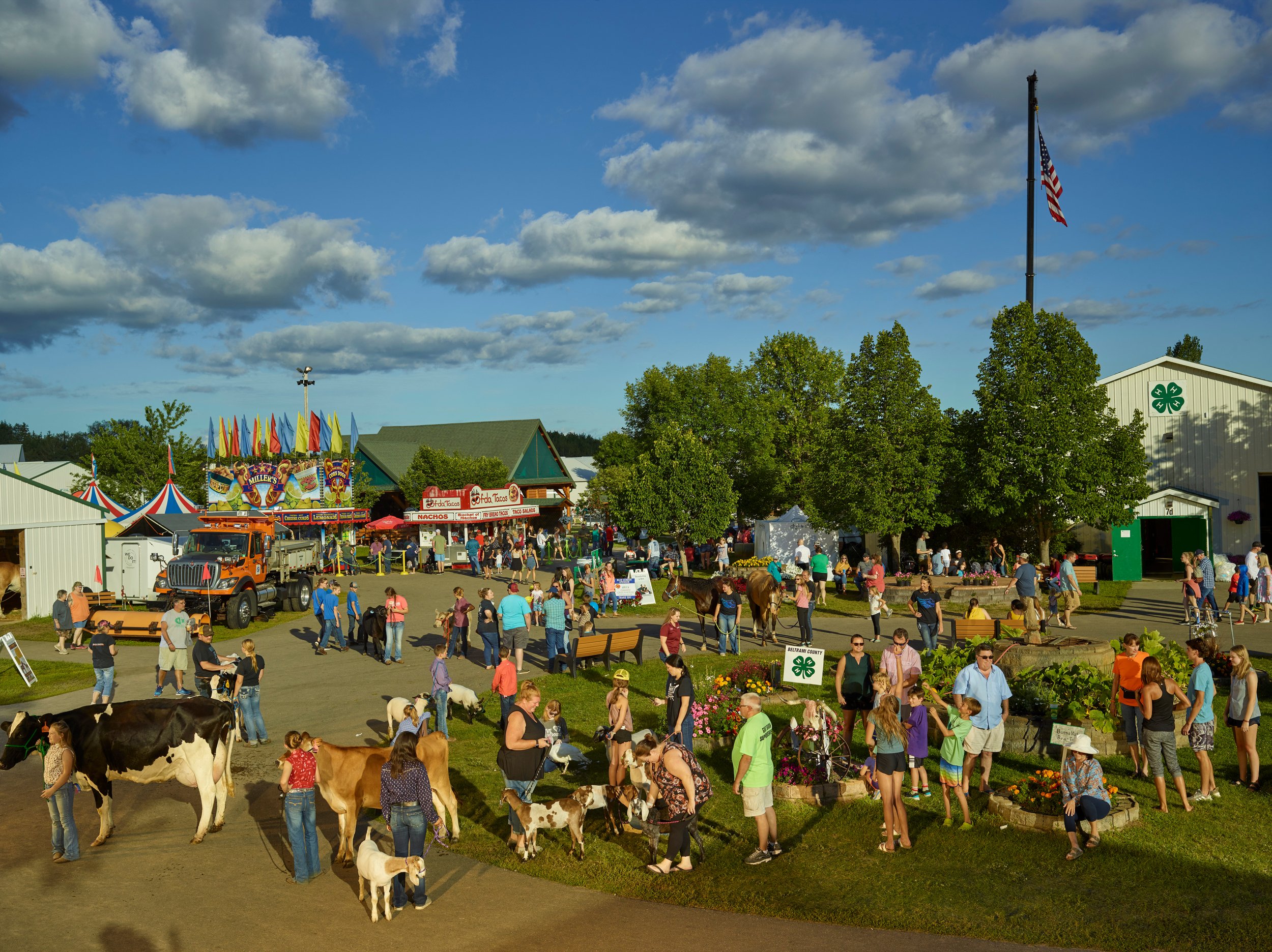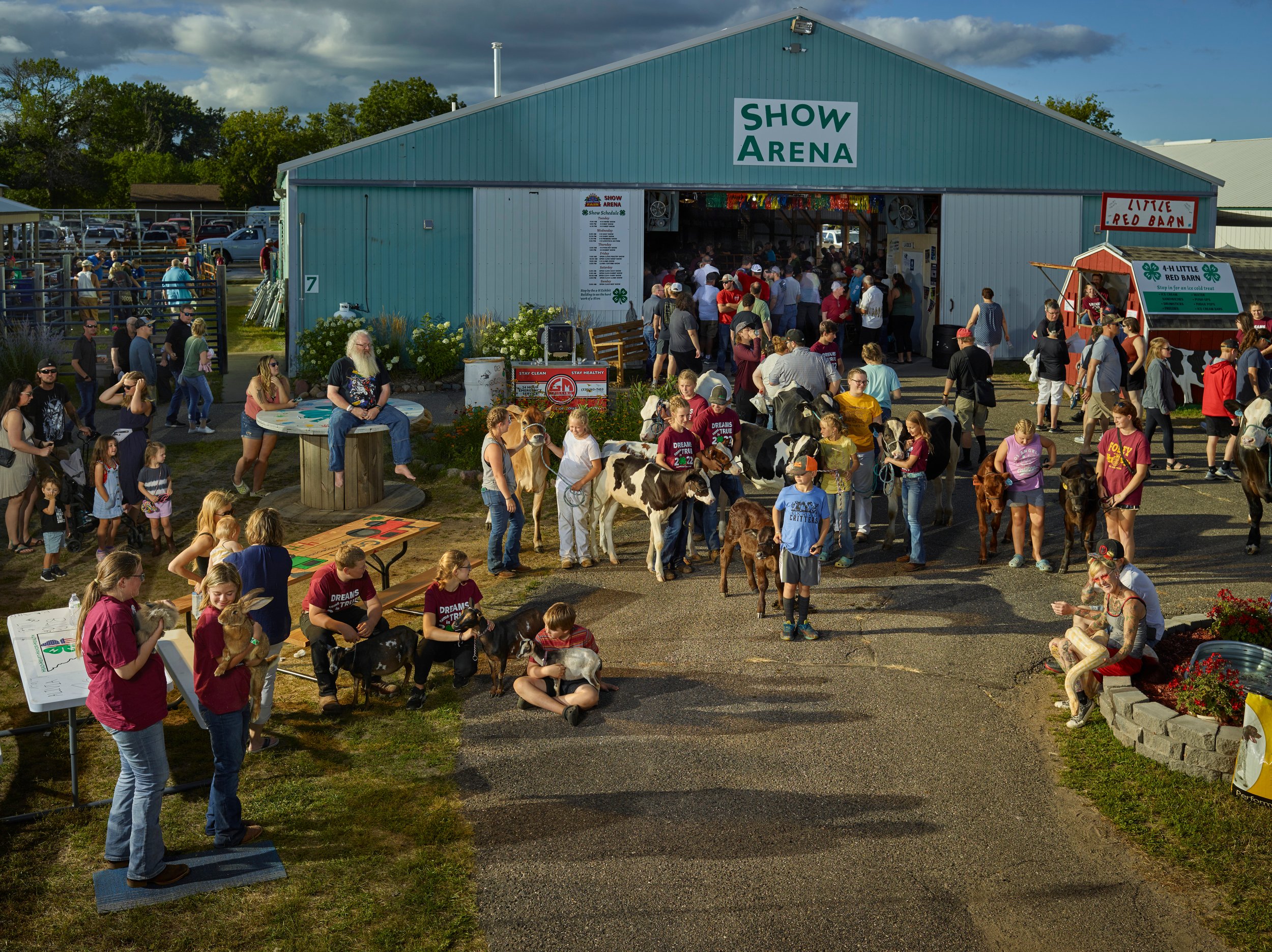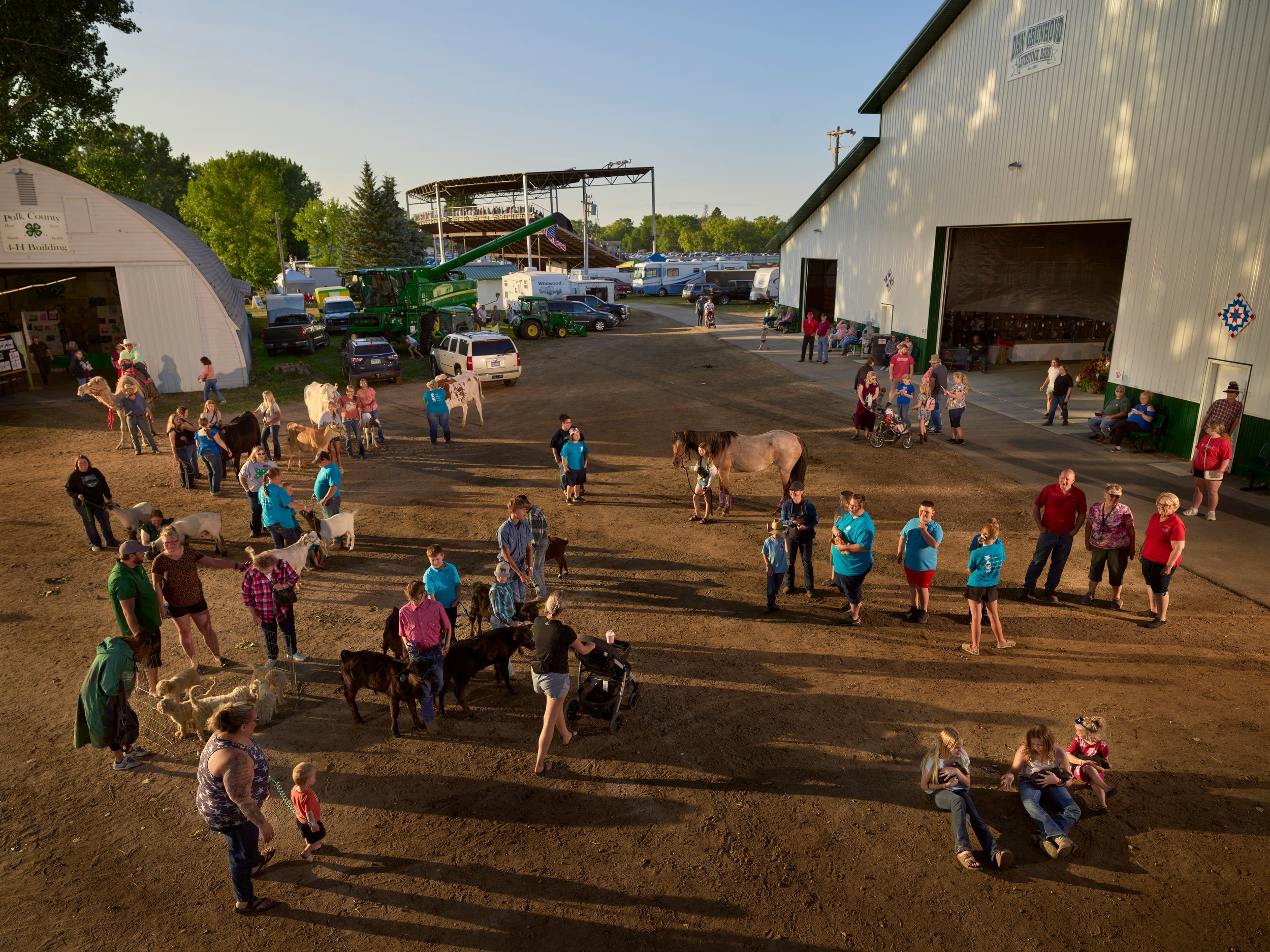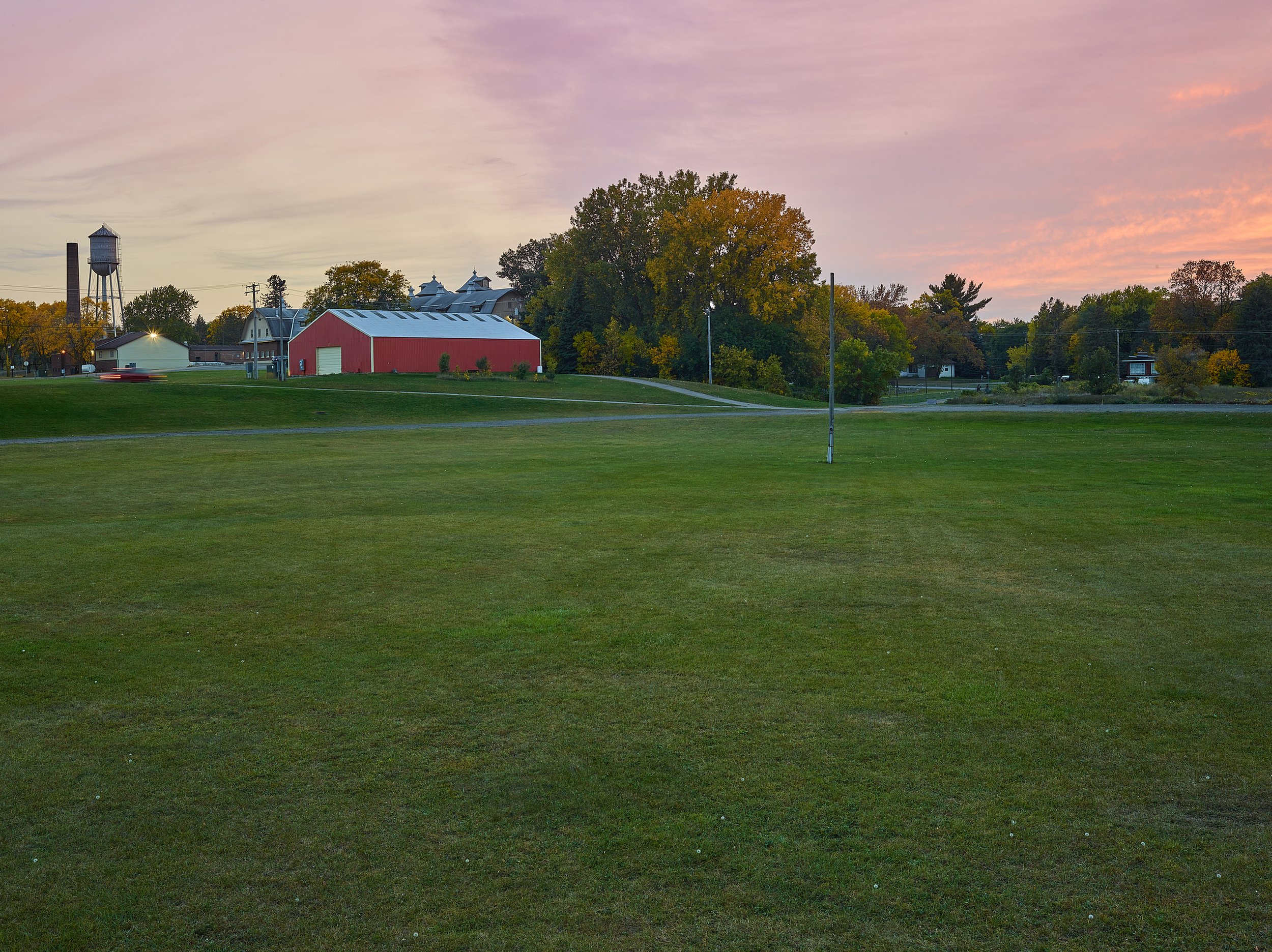The Last Fair (2021 - ongoing )
“If this was the last year of your county fair, what would you miss most?”
With the cancellation of St. Paul Minnesota’s Ramsey County Fair in 2020, I posed this question to visitors I would meet at dozens of other fairs. “The 4-H animal shows” was the common response. I considered how joy is not always fully appreciated until it is gone.
Small agrarian communities in the U.S. are changing, often radically. The 360-acre family farm has grown to over 10,000 acres and have become monocultures, creating a resounding impact on rural America. County fairs are among the casualties. A few generations ago, every farm boasted a variety of livestock and the competition at fairs was fierce. Now, the same county fair might have only two entries for a competition.
The county fair isn’t necessarily the highlight of a kid’s summer the way it used to be. And yet, kids who invest their time in the care of animals embrace life lessons passed down through generations. Although there is evidence that this way of life is disappearing as kids leave the farm, the crisis of climate change and a concern for both sustainability and stewardship of the land point to a path for survival for agricultural practices and traditions. And the county fair may play an important role in shaping the future of American farming.
Inspired by the Dutch painter Pieter Bruegel and the American folk artist Grandma Moses, I employ a large format camera with studio lighting and a high angle of view to showcase the current realities and agrarian practices on display at the remaining country fairs. By embracing the constraints of “in-camera photography,” I intend to show the social and economic spectrum of rural communities, and to raise awareness for the changing face of American pastoral life.

